Research Areas
Research in the department encompasses the disciplines of chemical sciences, including organic, inorganic, physical, and theoretical/computational chemistry. Furthermore, research laboratories in these traditional areas pursue problems at the interface of biology (i.e., chemical biology) and materials science (i.e., nano-science and materials chemistry). We benefit greatly from a highly interdisciplinary and collaborative environment that involves strong interactions with other premier institutions across India and around the world.
- New Synthetic Methods in Organic Chemistry
- Heterogeneous Catalysis
- Computational Chemistry
- Hybrid Nanomaterials for Multi-modal Functionalities
- Understanding the Fundamentals of Controlled Assembly with Inorganic Nanocrystals, i.e., Polymerizations at Mesoscale.
- Functional Nanomaterials for Theranostic Applications
- Core/Shell Semiconductor Nanocrystals
- Inorganic Nanocrystals
- Optoelectronic Device Fabrication
- Solid state electrochemistry, thermodynamics, and solution calorimetry
- Metal Oxide Catalysis (Environmental catalysis)
- Ultra-high temperature ceramics, synthesis & calorimetry above 1500 ⁰C
- Solid state chemistry, and Material science
Research Themes
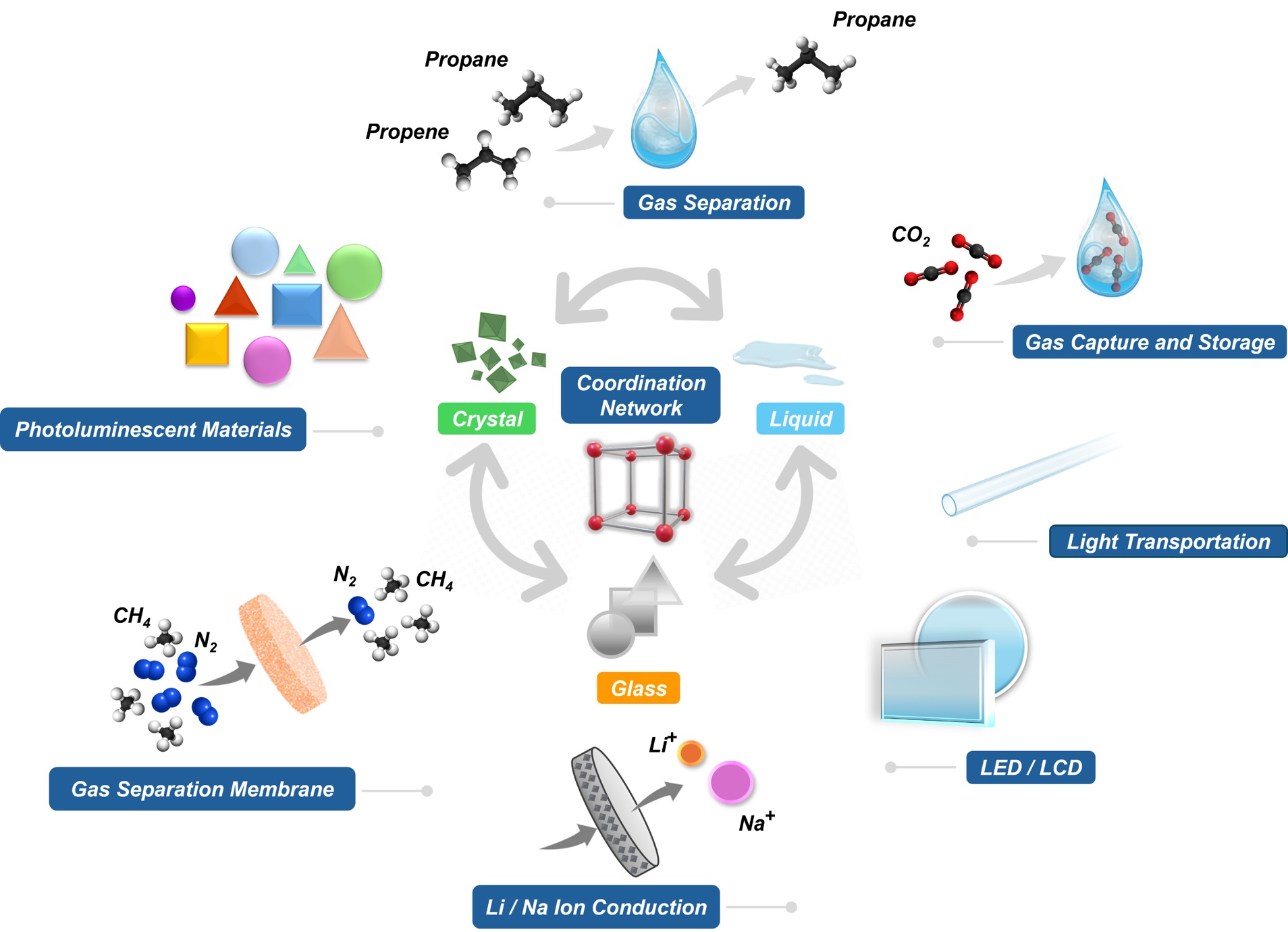
Brief: Our research group is developing new synthetic protocols to design Coordination Networks (Metal-organic frameworks/Coordination Polymers)-based Crystal-Glass Composites toward the application of atmospheric water harvesting (AWH), Li/Na-ion conducting solid-state electrolytes, photoactive materials, gas separating membranes, and heterogeneous catalysis for the transformation of gaseous molecules into industrially important liquid fuels. The strategy to achieve these fascinating materials involves phase transition and dynamicity of the molecules in different states of matter.
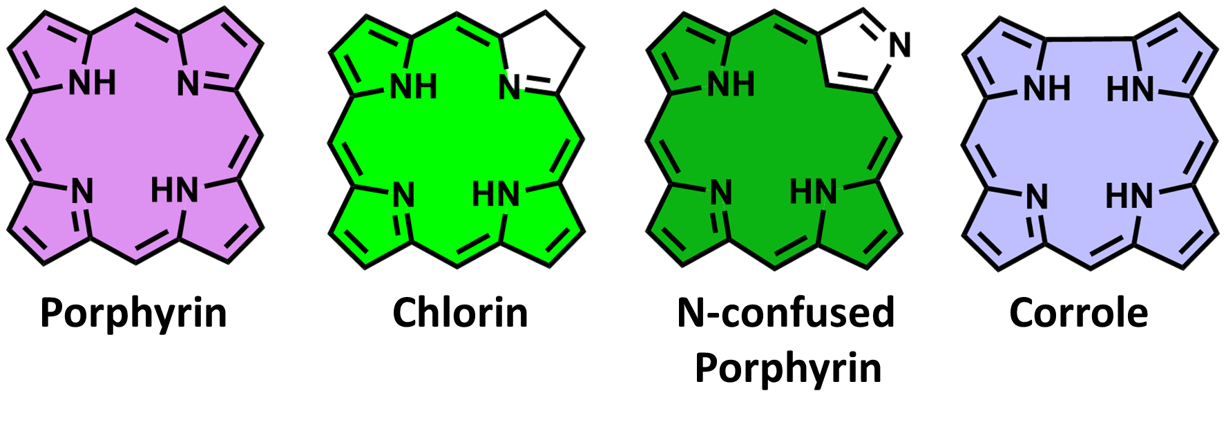
Brief:In our research group, we focus on the design and synthesis of porphyrinoids (mostly porphyrins, corroles, chlorins, N-confused porphyrins) based triplet photosensitizers for biomedical applications and triplet-triplet annihilation process.
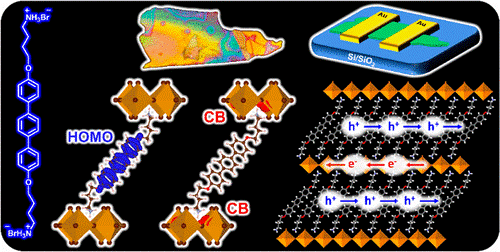
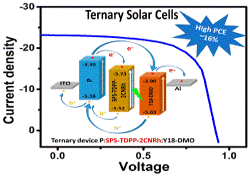
Brief:My research group is working on the molecular design and synthesis of innovative, functional pi- conjugated small molecules and polymeric semiconducting materials for applications in organic solar cells. Our aim is to synthesize light harvesting organic materials in a few steps from low-cost commercially available raw materials with good yields and large quantities, which drastically reduces the synthetic cost and useful for large area commercially manufacturable solar cells.
Research interests
- Multistep organic synthesis
- Synthesis of π-conjugated organic semiconductors
- Materials for organic and perovskite solar cells
- Organic light-emitting diodes (OLEDs)
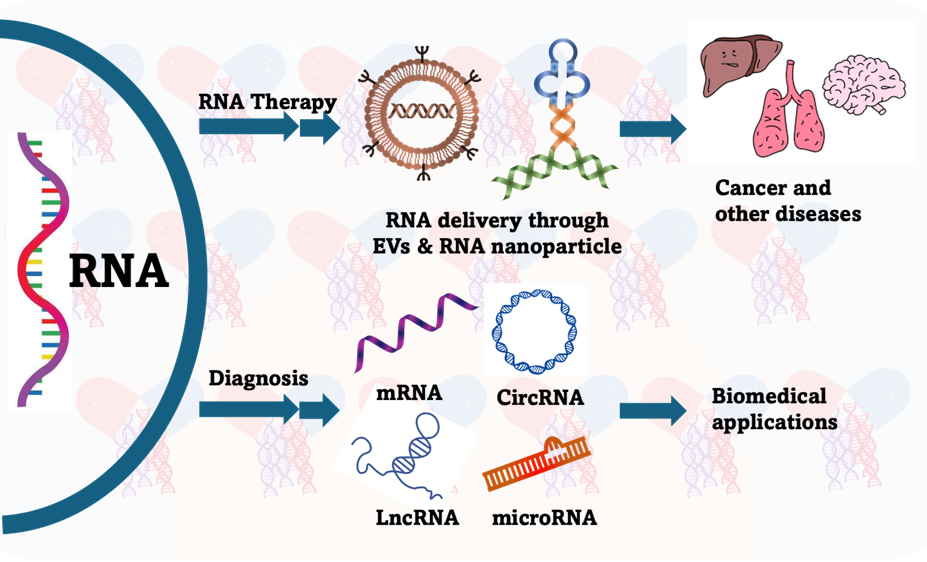
Brief:Our group is an RNA research group, working on design and development of novel RNA therapeutics to combat the various cancer types. Here, we are exploring the use of of natural biocompatible extracellular vesicles and RNAi nanoparticles as carriers for targeted drug delivery to treat difficult diseases such as cancers, particularly working on liver and breast cancer models. Apart from this, we also work structural studies on DAN/RNA-protein interactions using fluorescently modified nucleosides and the development of diagnostic tools for cancer and other diseases.
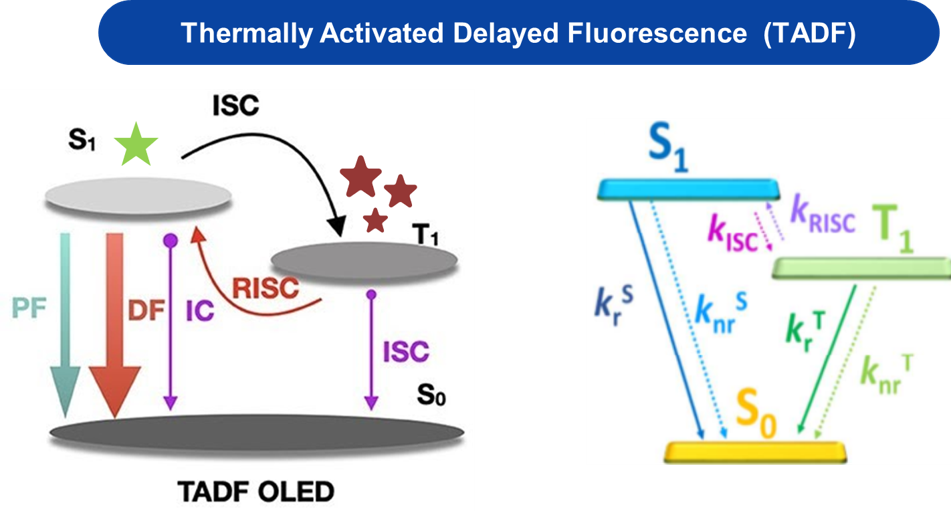
Brief:Our research group primarily focuses on discovering the links between structure, molecular packing, and photovoltaic parameters in organic solar cells using density functional theory (DFT) and classical molecular dynamics simulations. Our aim is to significantly reduce or eliminate trial-and-error approaches to molecular design and device fabrication by developing a framework that predicts the achievable morphology of organic blends based on measured and simulated thermodynamic interactions. Additionally, we conduct systematic studies on organic emitters for thermally activated delayed fluorescence (TADF) using DFT methods. We employ various methodologies to establish the relationship between structure, excited state, and photochemical properties in organic emitters. Furthermore, we tailor the ground-state and excited-state redox properties to utilize them in photocatalysis.
Brief:Our research group is committed to advancing organic synthesis by developing innovative strategies and methodologies for creating novel molecules. Our primary focus is on pioneering transition metal-free CF3 functionalization strategies to synthesize intricate carbocyclic and heterocyclic systems. Additionally, we actively research and implement transition metal-free methods for heterocyclic functionalization. Our dedication extends to the meticulous design of new reagents and techniques, specifically emphasizing transition metal-free approaches tailored for industrial applications.
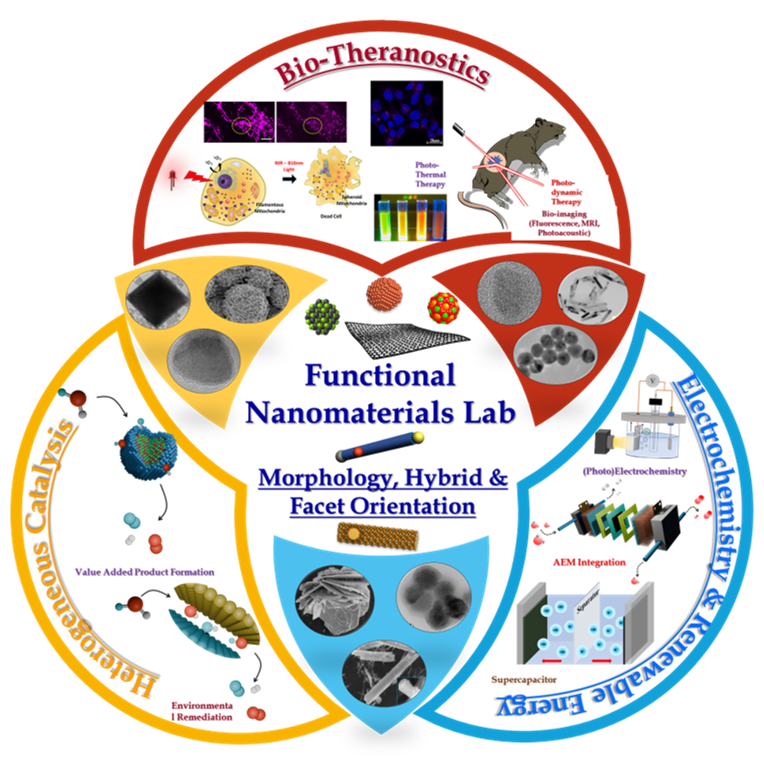
Brief:Our Research in Functional Nanomaterial Evolves around Innovative Synthesis Concepts by Complex Architecture Design Strategies to Solve Future Challenges in Biomedicine and Material Science.
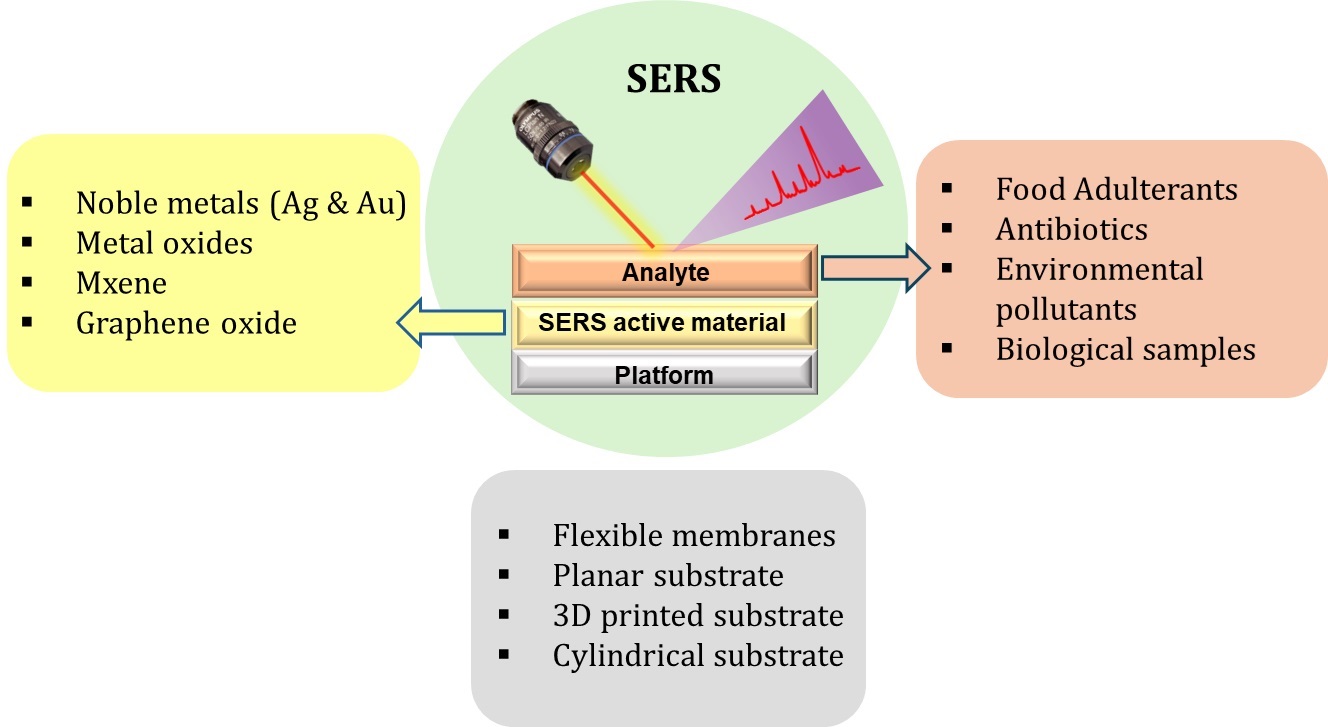
Brief:Our research group is focusing on the fabrication new SERS substrates to overcome the current limitations in SERS detection. SERS substrates are pivotal for the broader application of SERS technique, we aim to develop new substrates utilizing diverse platforms and SERS-active materials. These substrates will be employed to detect highly toxic and carcinogenic chemicals, addressing a critical need in safety and environmental monitoring.

